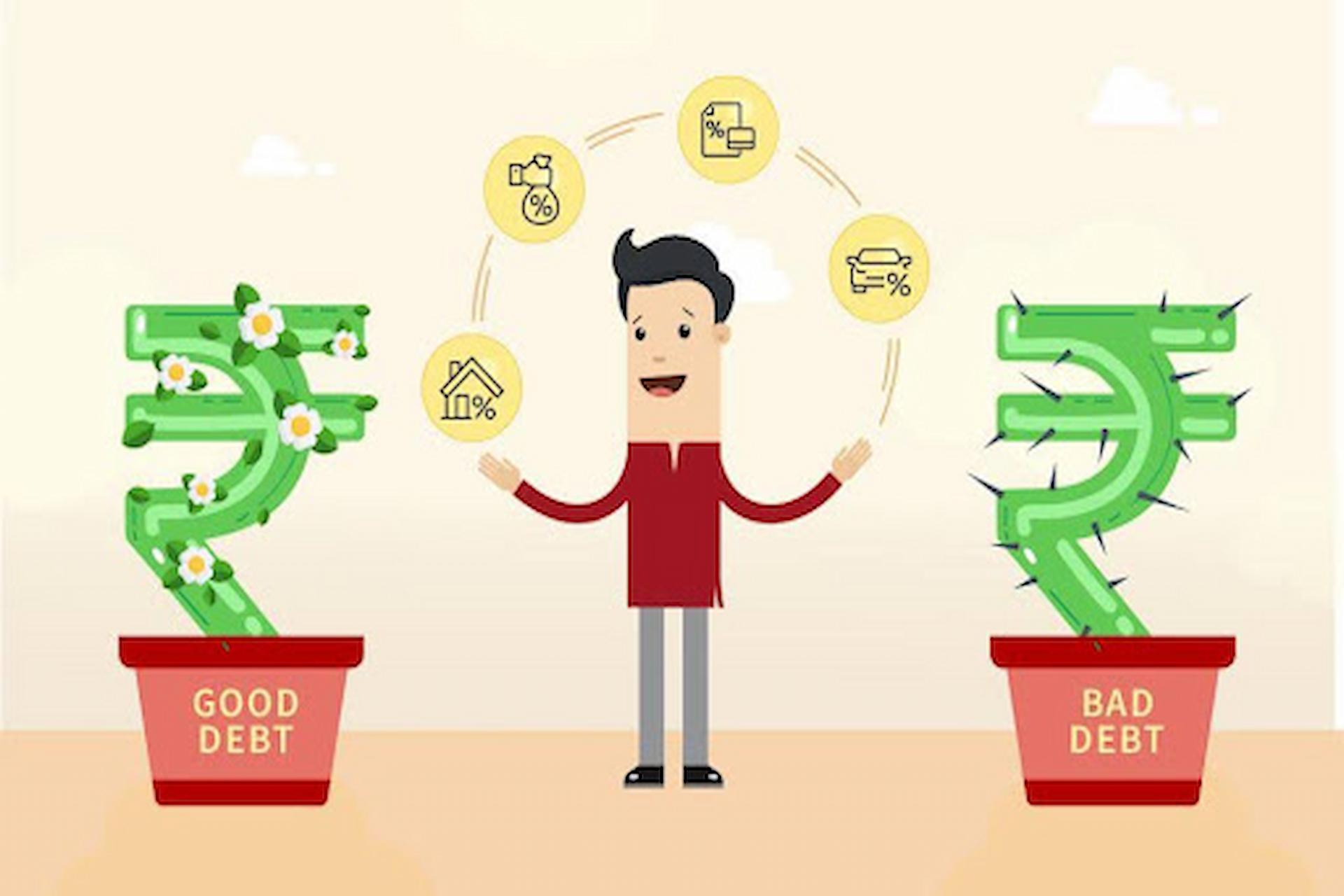
Those who think that all debts are bad, need to change their standpoint as it’s not the reality. According to Scott Tominaga, a distinguished financial advisor- when managed responsibly and used sensibly, certain debts are there which can even help in wealth building, securing higher degrees, making students excel in their careers, or individuals build their dream homes. Knowing how good debts differentiate from bad debts and how to deal with them will be helpful for readers to efficiently manage their debts.
What is good debt?
Typically, good debts are debts that help people reach their financial goals such as owning a dream home, starting a business, paying fees for higher education, etc. These debts are considered good as they help build credit scores, provided the monthly EMIs are paid timely or in other words, when the credit is used responsibly. Noteworthy it can also negatively impact credit scores, if repayments are not done on time.
Some examples of good debts
Mortgages
Monthly mortgage payment increases the equity of a home or its net worth. Moreover, the interest-paid mortgage can get tax exemption.
Student loans
In general, student loans are accessible at lower interest rates. Financing for earning a higher degree can potentially increase earnings. The interest can also get tax deductions.
Small-business loans
Having a debt to initiate a business can be supportive not only to its owners but also enriches the economy.
Credit cards
With used responsibly, credit cards can be helpful in building credit scores, and enhancing the creditworthiness of individuals, if the monthly installments are paid timely. A good credit score increases the likelihood of enjoying lower interest on traditional loans and can benefit in different ways.
What is bad debt?
In general, certain debts are considered as bad if the debt is difficult to repay or doesn’t provide any long-term benefits. Precisely, loans that make people pay high interest rates, offer rigid repayment terms, or cannot offer any special benefit.
Examples of Bad Debts
Credit card debt: paying only the minimum due payment on a credit card, may seem to be an advantage but as the card balances continue to grow and make borrowers pay very high interest rates, dealing with them may considered as bad.
Payday loans: Payday loans are available for short-term like 15 to a maximum of 30 days and attract very high interest rates. Moreover, as these private lenders do not report to any credit bureau, they cannot help in enhancing credit scores.
Debt that negatively impacts credit scores: Debts that can affect one’s credit score adversely are bad debt. From that viewpoint, a good debt like a mortgage loan, when not managed responsibly can not only affect the credit score but the lender has the legal right to seize the property if the borrower cannot afford to pay dues.
How to avoid bad debt
Whether a debt is good or bad depends on its interest rate, repayment terms, and how it offers short to long-term benefits to the borrower says Scott Tominaga. Also, the repayment behavior and affordability of the borrower to repay the loan can convert a good debt into bad debt to the person. So, follow the tips below to avoid bad debt
- Always opt for loans that offer low interest rates with easy repayment terms
- Think how the borrowed money can add value to life in the long run
- Repay responsibly
Conclusion
Debt can be beneficial and good for a borrower depending on its interest rate, repaying terms, and how it can benefit the individual in the long run. Make sure to repay the EMIs or due payments timely and avoid debts that are challenging to afford.
